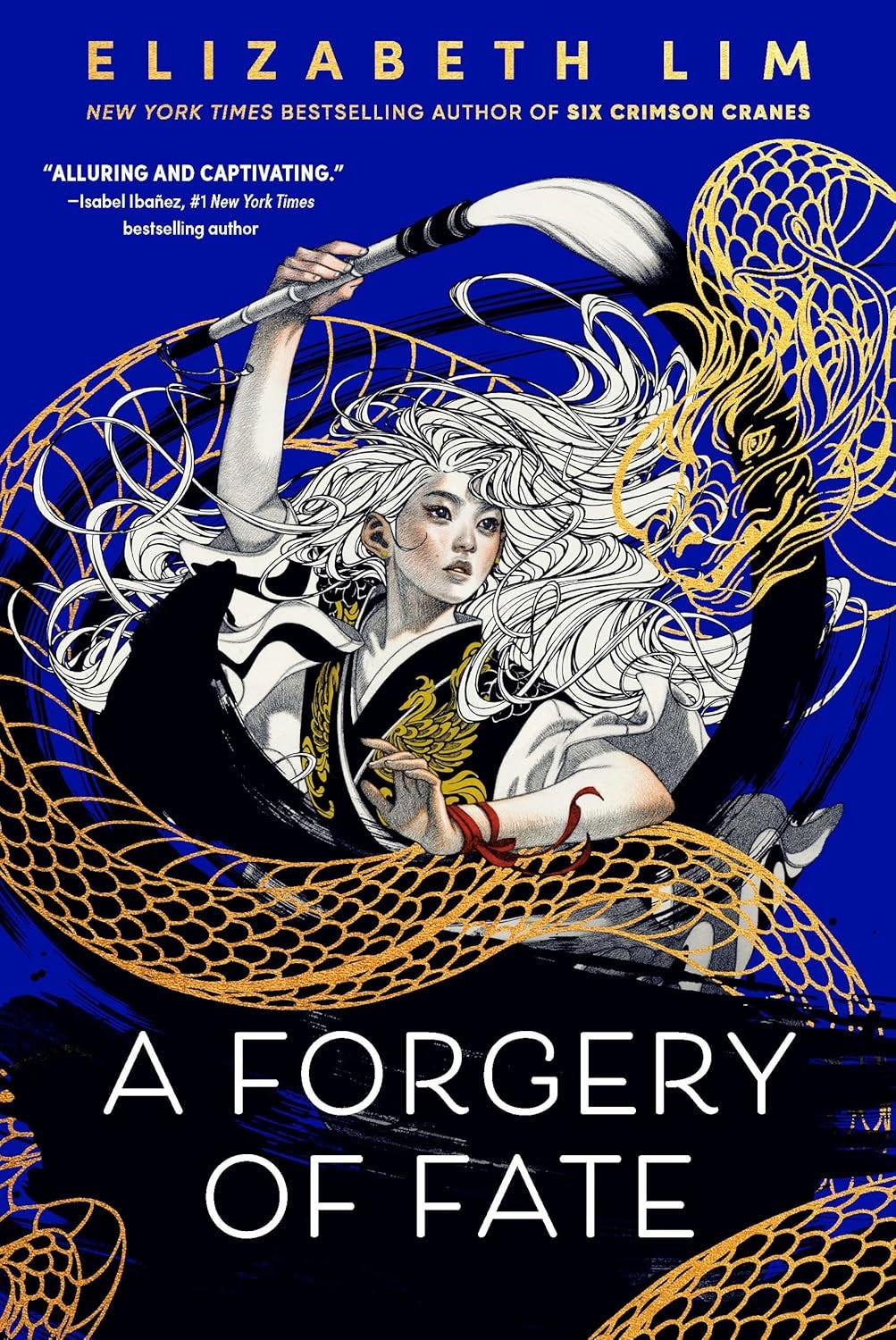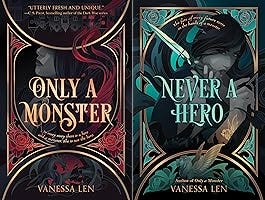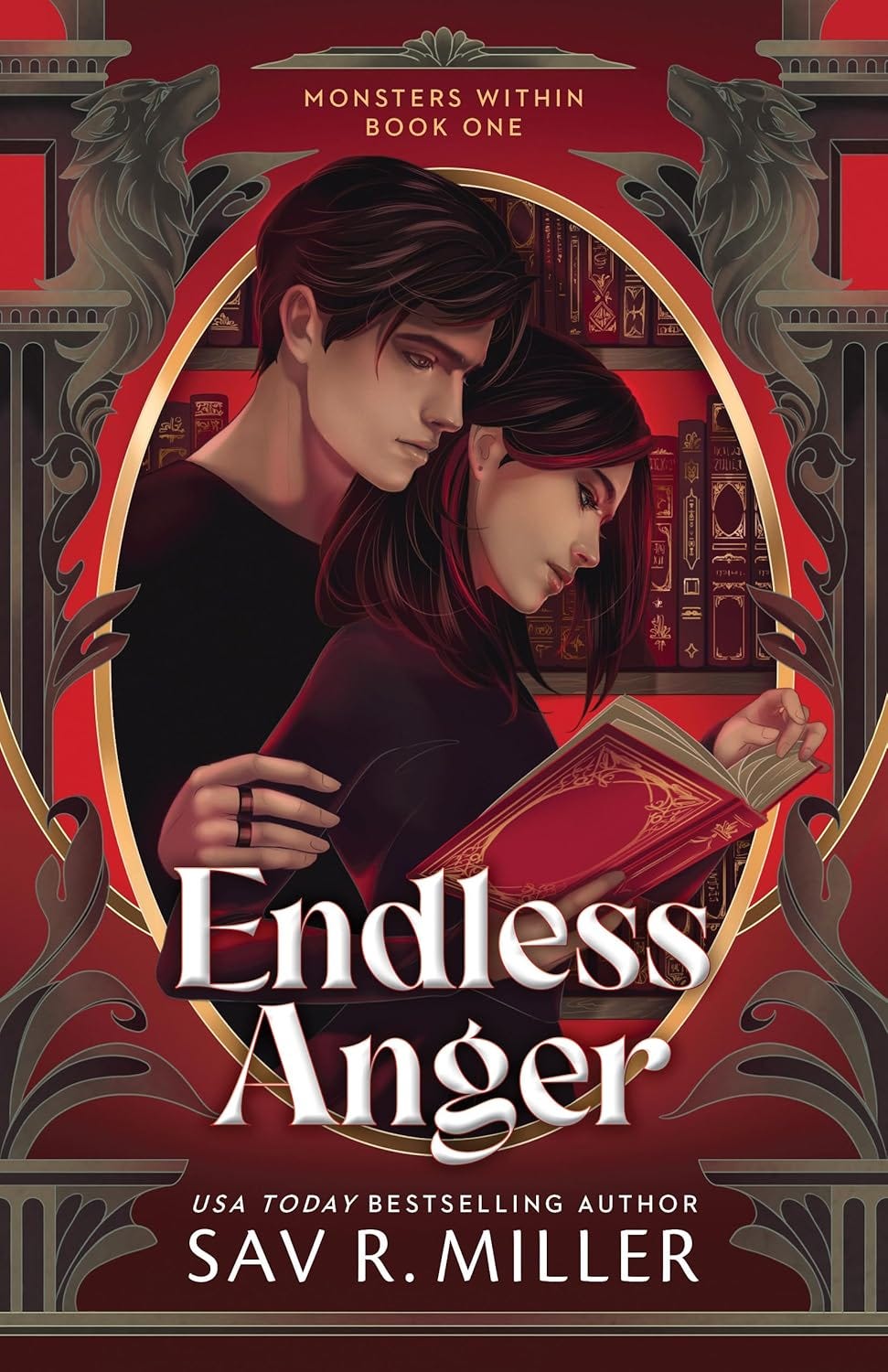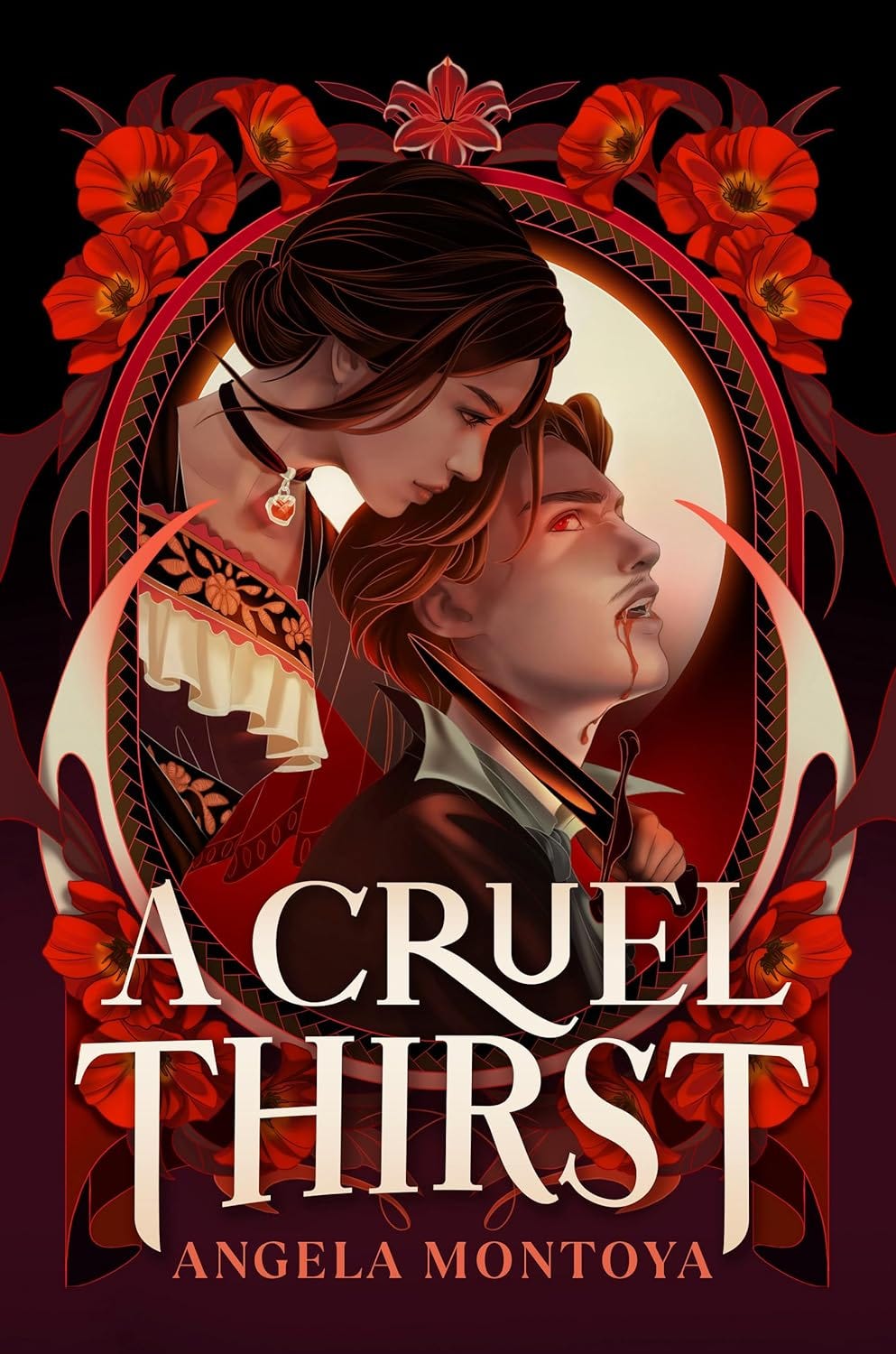Cover Illustrators/Designers as...Influencers?
Buying books just for the covers? Oh yes, that's a thing
I don’t think it’s amiss that we’re living in the most visually-reliant era in history. Book publishers are maximising the readability (or trendiness) of covers based on how they look on screens while potential readers scroll for new books to buy,
Just like how the most die-hard of fans of any brand or person (authors, digital influencers, traditional celebrities, you name it) would continue to support whatever they do or endorse (for the most part), could we say the same for the artists that handle the book covers?
After all, in current times, artists who post on social media, have ventures (e.g. sell stickers, make commissions, partake in galleries), and a loyal (and perhaps but not always sizeable) audience get supported. Sometimes, it’s through social media that visual artists (regardless of actual medium) get found and commissioned for book covers!
So the question for today is: could the artist who worked on a book cover help reach and convince potential audiences to buy a book primarily because of their visual style?
I don’t think it’s unfathomable.
On a casual basis, I know people and have seen reviewers mention that they got interested in a book, and in some cases bought a book, because of the cover style!
From the perspective of fans of the author, a beautiful cover is a bonus. whether as a content creation brownie point while they can reshare the cover as they talk about the book, or to have on a shelf. On the former point, it can incite the curiousities of those scrolling by to stop and check out what a reviewer or book influencer is reading.
And finally, let’s consider the perspective of followers of the cover artist (it’s common for artists of all kinds to have some kind of digital presence). If the artist—may they be a graphic designer or illustrator with visual outputs that are distinctive, unique, and expressive—has a following, their participation alone might incite curiosity amongst followers as they’d ask themselves what the book that a cover artwork is for is about.
Moreover, this can be a minor marketing win for the publisher as they’d reach:
People who buy based on aesthetics and, as such, may be collectors, whether or not these people want to read the book/s or not; and
People who’ve bought other books donning covers from the same cover artist and therefore have established a neutral-to-positive association with the artist and what books their art is on. These people may already have heard of a book and seeing the cover is the final push OR have never heard of a book but became interested once they see the cover.
So, the more people they can reach, the better!
Let’s look at some examples of cover artists with recognisable styles
Tran Nguyen has a recognisable style that can be categorised depending on the visual approach. One of her design styles is graphical and abstract (neutral tones plus gold accent details and a bold geometric shape in the background), which has been utilised on book covers. The other is more surreal and colourful. Thus, her surrealist style suits most spec-fic genres, with the former being geared for more serious tone novels (and so far has been mostly done for adult covers) and the latter for more whimsical stories that greatly emphasise their fantasy elements (so far mostly seen on YA covers). (Psst, apparently someone already compiled a Goodreads list of all the covers she has done!)
Eevien Tan is an artist whose art has (to me) started popping up here and there in the last few years, starting with Vanessa Len’s Only a Monster duology, then most recently Endless Anger by Sav R. Miller. Her use of frames, buttery-smooth skin texture, subdued colours, and simplified hair rendering is how I’ve managed to spot her work in the wild.
Food for thought #1: Style
Could it be possible an artist’s style is a detriment?
Let’s look at the covers from Tran Nguyen shown above again. Gorgeous, but. Two of them are part of a series. The other three are unrelated and from different authors each (with one of them being part of a duology, meaning more covers to come). At a quick glance, especially if you’re just scrolling on a device and not reading the text on the covers, it is possible to presume that most of those books with those covers that are under the neutral tone style are part of the same series.
Yes, one can hang around longer and read the author names to know the books the covers are for are different, but would judgy, browsing readers make implusive, snap decisions based on the images they see or the names of authors they have not have heard of (or worse, have but still don’t care)?
Food for thought #2: Followings
It’s a terrible thought, but hear me out: have you ever heard how some publishers want authors to have a social media audience so some of the marketing effort can be offloaded onto the author since there’s already an engaged audience in place (if not, now you know)? Advice goes: having a pre-established large audience, especially on social media, is not necessary for authors to get published or continue publishing, but it aids the discoverability of an author and their books.
Would publishers start demanding freelance cover artists or designers to do the same?
Likely, a big no.
Even if a cover artist or designer is well-known and has an audience for their work, which publishers can tap into indirectly, the cover artist/designer is ultimately not the client here. It’s the author. Additionally, a book cover is a transactional output between cover designers/artists and book publishing marketing teams that is a means to an end: to package the actual final product of a book publisher—the book it’s for.
At the end of the day, cover illustrators and designers are an important part of the marketing process by creating the very thing that coats our books and gives them a visual face to be recognised by. Book covers help create awareness and convert potential readers into actual ones for a book. However, considering the actual product, it’s readers’ experience of the book, the story, that’ll ultimately determine if they got their money’s worth.
Until next time!









